Let’s talk about how to kill characters in your novel.
George R.R. Martin may be the most infamous for annihilating his beloved characters, without mercy, forewarning, or apology, but let’s face it: in our twisted little hearts, we love to mourn the tragedy of a good fictional death.
And writing them?
Even better.
Did I just cackle maniacally? Sorry about that.
Please note that this post contains affiliate links, which means that if you purchase something you see on our site we may receive a commission at no cost to you. Read our full disclosure here.
How to Kill Off Characters in Your Novel
Kill your darlings. Even when it breaks your egocentric little scribbler’s heart, kill your darlings.
Stephen King
1. Make Your Readers Cry
Don’t have pity; you want them to gasp, wipe away a tear, bite their lower lip, and maybe even throw your book across the room. If you’ve done it right, they’ll get off the couch and go retrieve it in a minute.
After all, a book where no one dies (or at the very least comes very close) is about as exciting as watching grass grow.
And while we all want good to triumph over evil and don’t mind reading about the villain getting his just desserts, there’s a part of us that needs to read about the tragedy of a beloved hero sacrificing himself for the greater good.
Or the suffering death of our young heroine.
Or the unexpected illness and demise of the cutest youngster.
Or the funeral of the love interest.
Or the sorrowful death of the comic relief.
I mean, I could go on and on, but you may be getting nervous, so let’s move on.
2. Decide Who Should Go
In other words, who do you need to whack?
Well, if it hurts you to kill them, imagine how shook your readers will be. Who did they love the most? Who least deserves to go?
There’s a possible answer right there. If the very idea makes you shout things like, Absurd! I could never! or makes you quickly turn the page and refuse to think about it, well, that’s the one that needs to go.
3. Plan Their Death Ahead of Time
Are you so cold-hearted, so calculated, that you’d commit 1st Degree Murder, by plotting this death from the get-go?
Of course you are. You’re the Godfather of this book, after all. No mercy, no apologies, no wimping out!
Get out your Sharpies, your scratch paper, your sticky notes, and your timeline, and let’s make sure your doomed character dies with as much forethought and grace as you can muster through your tears.
On the other hand, sometimes a spontaneous killing hits the spot.
I can’t believe I just wrote that. I need therapy.
4. Decide How To Kill Your Characters
Writers are always slightly terrified of what their search history would show should they die unexpectedly. Ahem.
Poisonings, beheadings, stabbings, being tossed from great heights, random and bizarre illnesses, shootings, torture, starvation, death from the elements, and the like… these are just a few interesting ways to kill your darlings.
Throw them from a horse, crash them in a car, drink them to death, the possibilities are pretty much endless.
Just be careful to stay away from cliches and tropes.
For example, teenagers dying from cancer has been done quite a lot these days. While it is definitely a tragic and realistic way to go, you’re probably not going to hold a candle to John Green’s The Fault in Our Stars, or Jesse Andrew’s Me and Earl and the Dying Girl. So perhaps stay away from that particular niche.
5. Try Some Alternate Endings
In the last book of my Young Adult trilogy, I wrote three different endings. I knew someone likely had to die, or at least come frighteningly close, but I was unsure who it would be.
When my beta readers seemed meh about the first option, when someone (who shall remain nameless, because #spoilers) did not kick the proverbial bucket, I pulled up my big girl writer’s undies, and did the deed.
The second ending got me more thumbs up and satisfaction from my readers, so my character stayed dead.

I kinda miss them.
6. Do Your Research
Back to the search history here, but you know it’s true: more than half of the time writers spend writing is actually spent either trolling the internet procrastinating, or looking up facts/truths/researching their plot-twists.
If your character is going to have a slow, lingering death over the course of most of the book, you’re going to need to be the world’s leading expert on his particular illness.
You do not want some reader/reviewer annihilating you online because you wrote erroneous information concerning liver failure, medically induced comas, medicine dosages, how much arsenic is deadly, how long you can survive underwater, and the like.
Sometimes it’s as easy as a quick lookup on the web, sometimes you’re going to need to speak to an expert. Utilize your optometrist, your dentist, your creepy neighbor, your local obituaries, your family tree.
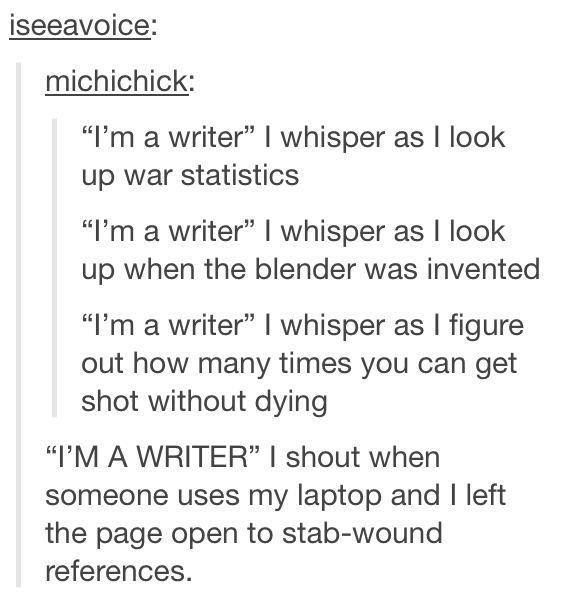
Once, I yelled across my house,
“Do you think a human bone fragment could saw through a zip tie?”
My ever so patient family calmly came back with,
“I think if it was sharpened with something first.”
“What kind of bone?”
“Are they sawing through it while they’re tied up?”
All except for my daughter’s boyfriend, who didn’t know why in the world I would be asking such a question.
He merely whispered,
“What’s going on with your mom?”
They didn’t make it long term as a couple anyway, so I don’t feel too badly.
7. Be Inspired
Get your inspiration from some of the saddest moments in literary history. Buy the double pack of Kleenex, pour yourself some wine, and really wallow in some misery for a while. It’s therapeutic.
Some of our favorite death scenes include:
(Spoiler alert if you’ve never read, like, anything)
– Matthew Cuthbert in Lucy Maude Montgomery’s Anne of Green Gables series.
– Beth in Louisa May Alcott’s Little Women.
– Half of the characters in J.K. Rowling’s Harry Potter books. James and Lily … Snape … Dumbledore … Fred … did anyone we loved survive?
– Charlotte in Charlotte’s Web, by E.B. White.
– Augustus Waters in The Fault in Our Stars, by John Green.
– Old Dan and Little Ann, in Wilson Rawl’s Where the Red Fern Grows.
– Leslie Burke, in Bridge to Terabithia, by Katherine Paterson.

– Ruth Jamison, in Fried Green Tomatoes at the Whistle Stop Cafe, by Fanny Flagg.
– Tom Robinson, in To Kill A Mockingbird, by Harper Lee.
– Old Yeller, in the novel by the same name, by Fred Gipson.
Are You Ready to Kill Your Darlings?
Can you do it? Can you kill a darling? Are you ready to kill of your novel’s characters?
We promise to mourn with you when the deed is done.
Pin It
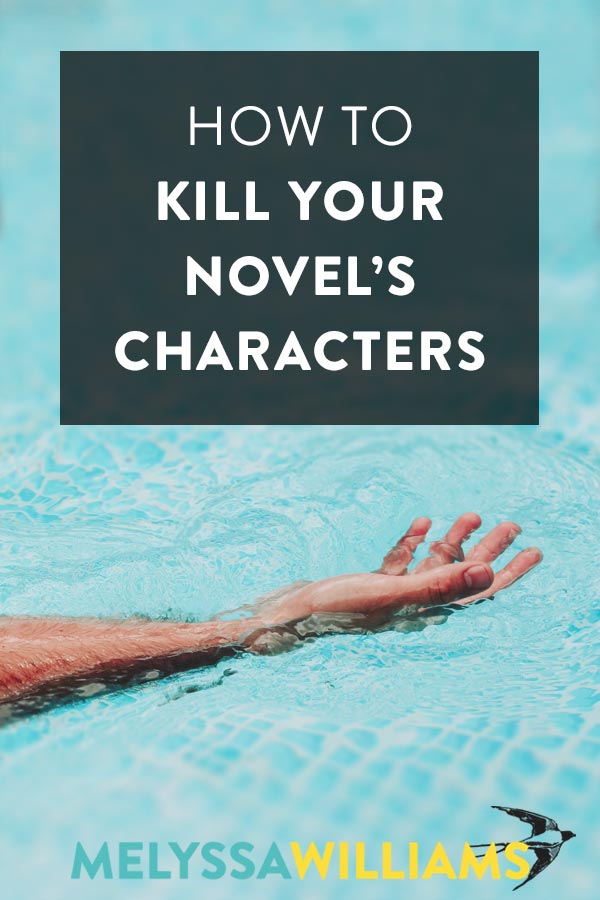

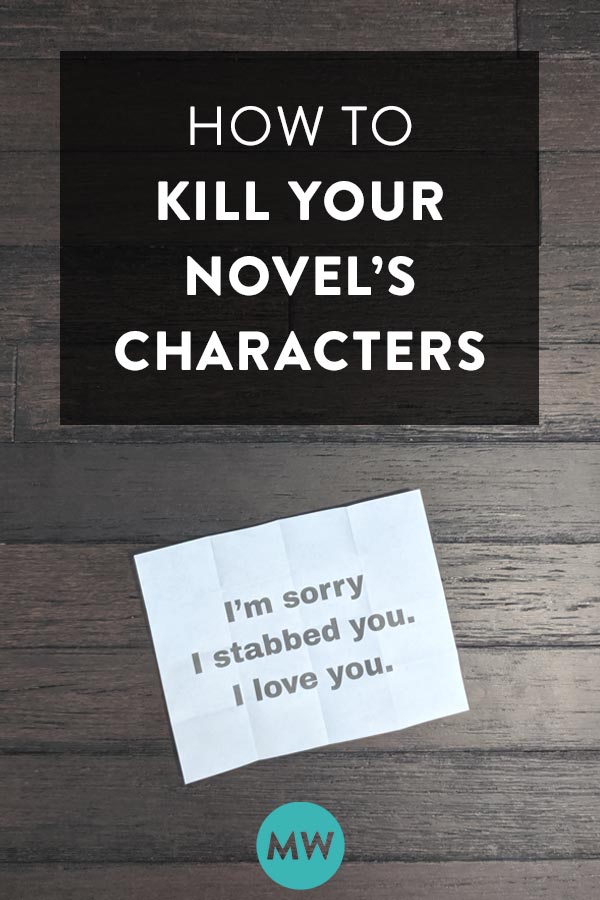
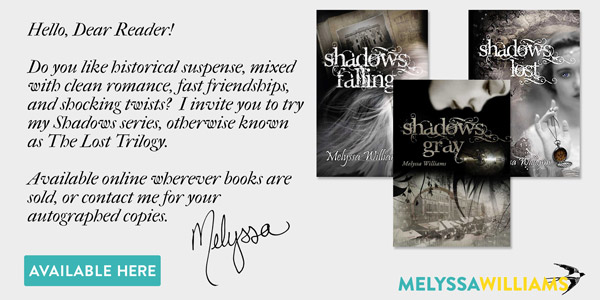


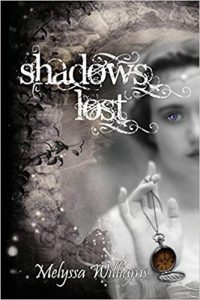
Mayte Perdomo says:
Well, I’m always kilking characters in all my books. It’s like a hobby, because I love to make everyone cry or feel debasted, it’s like a personal pleasure.
Ok, I do need therapy. Do we all the writters need therapy?
February 9, 2020 — 5:13 am
melyssa m williams says:
Yes.
February 11, 2020 — 6:12 pm